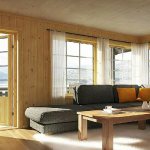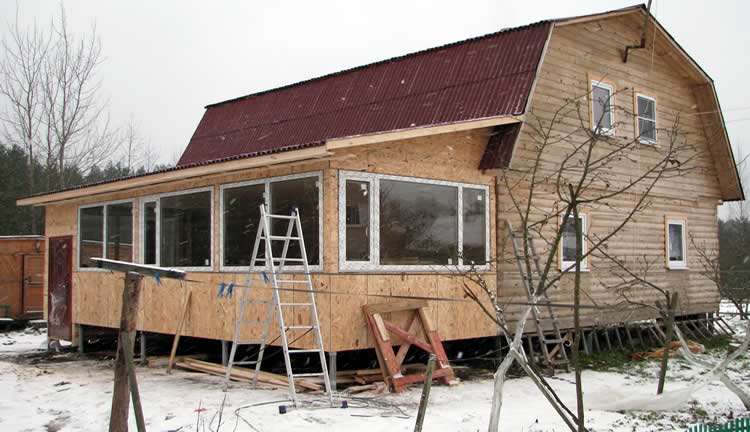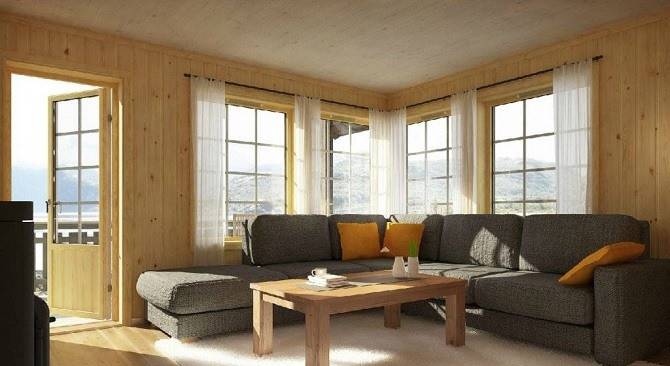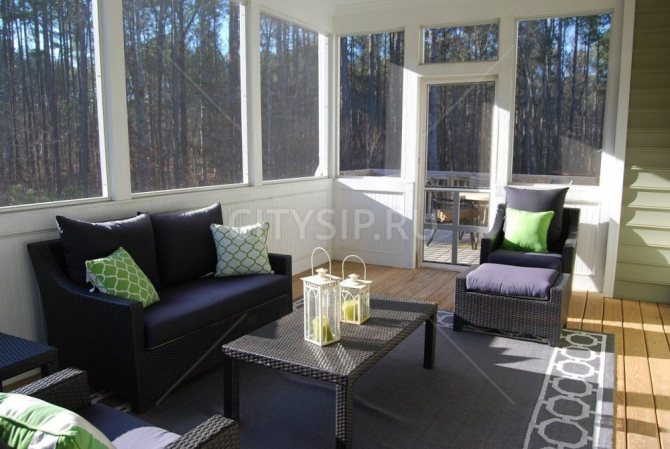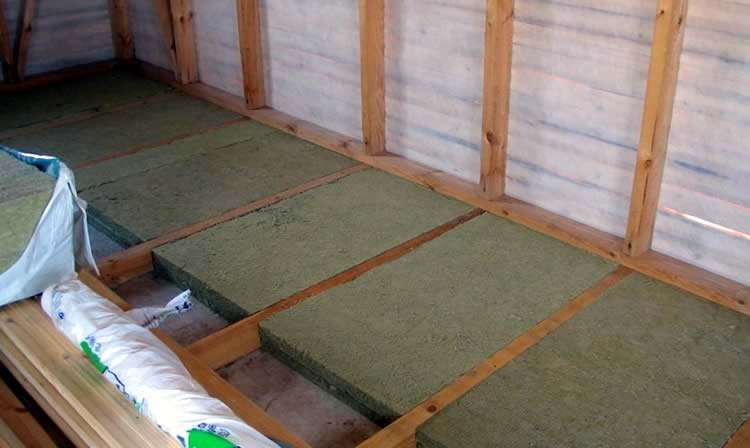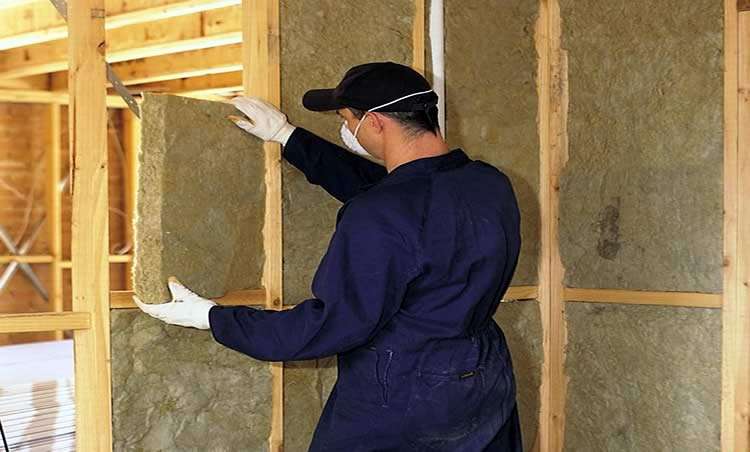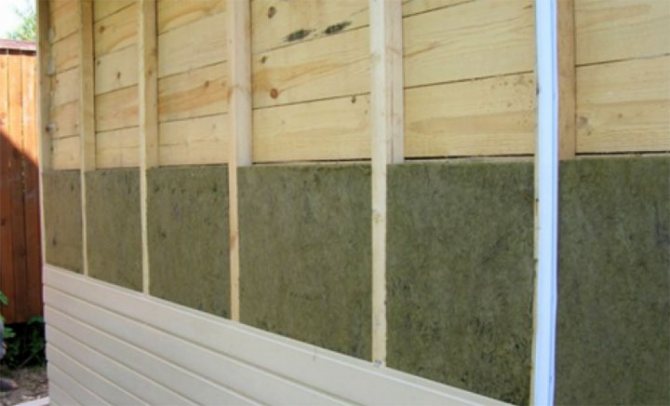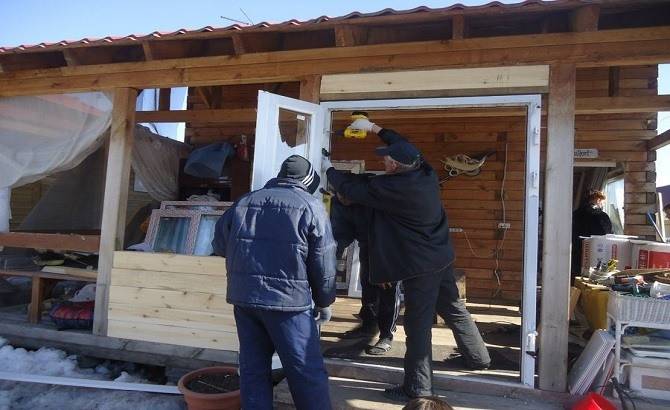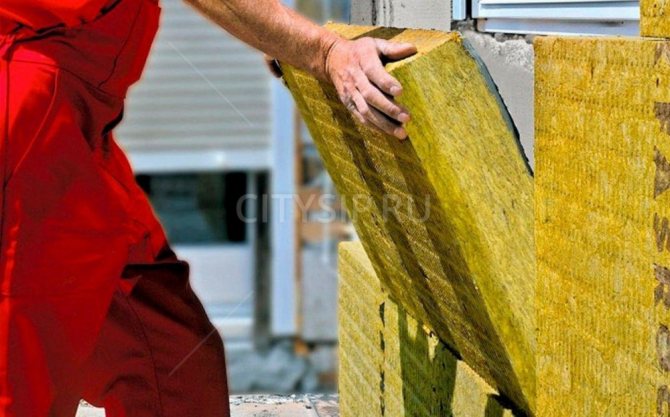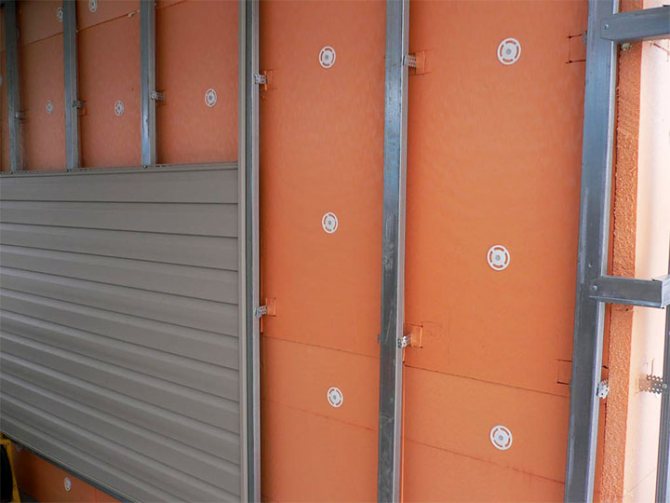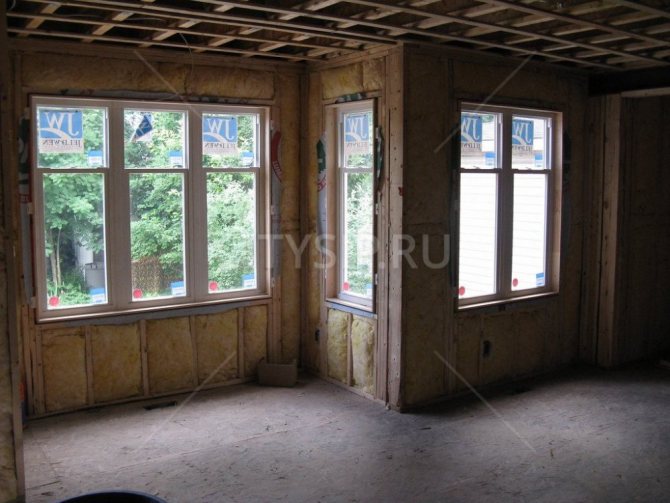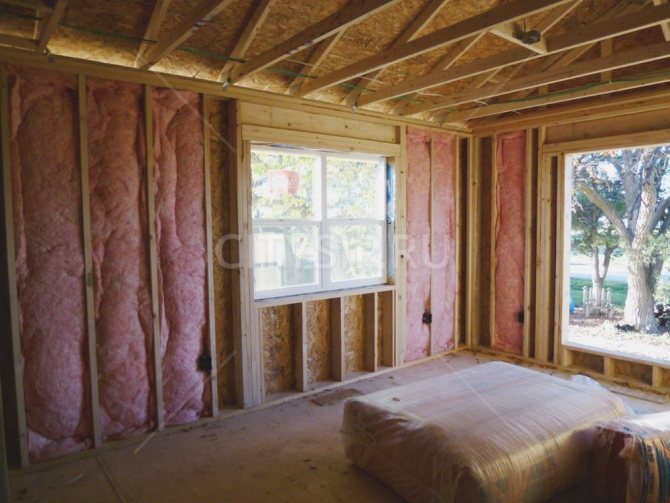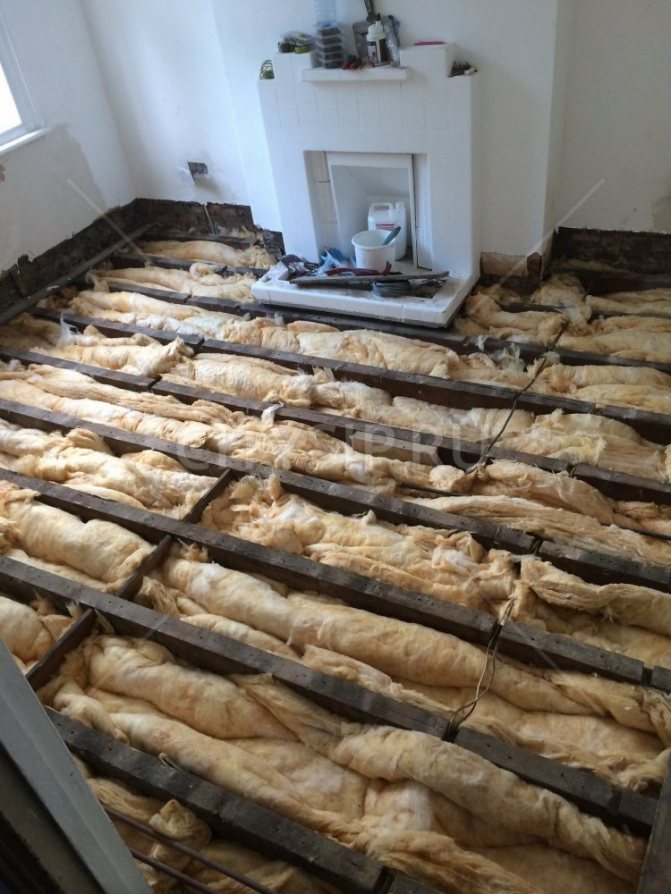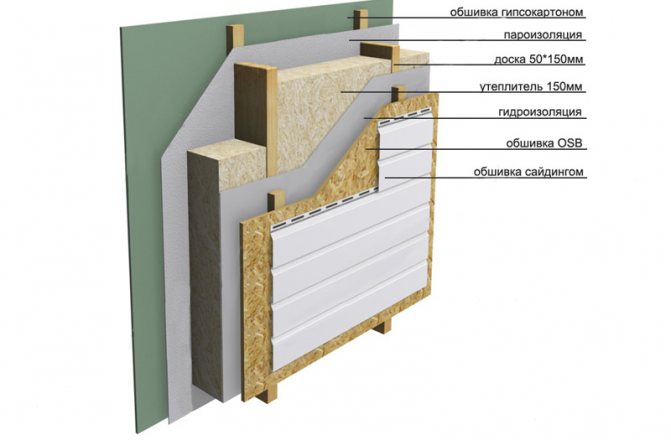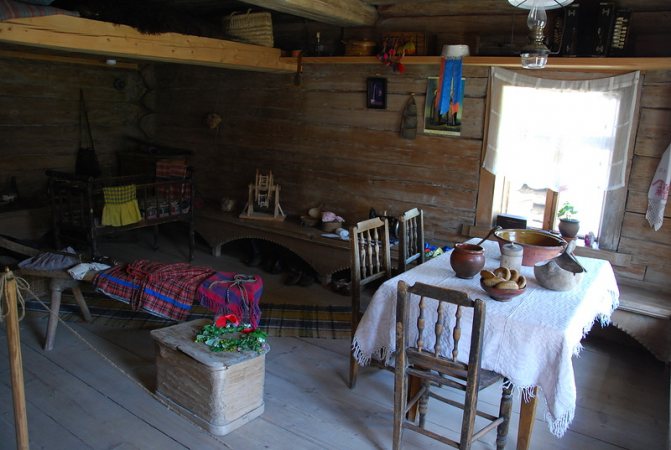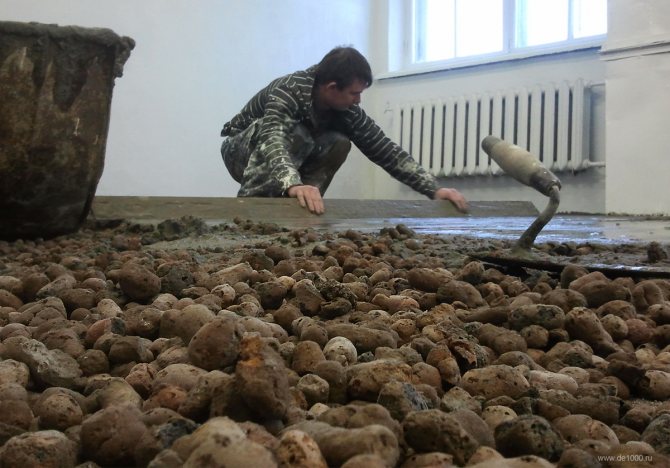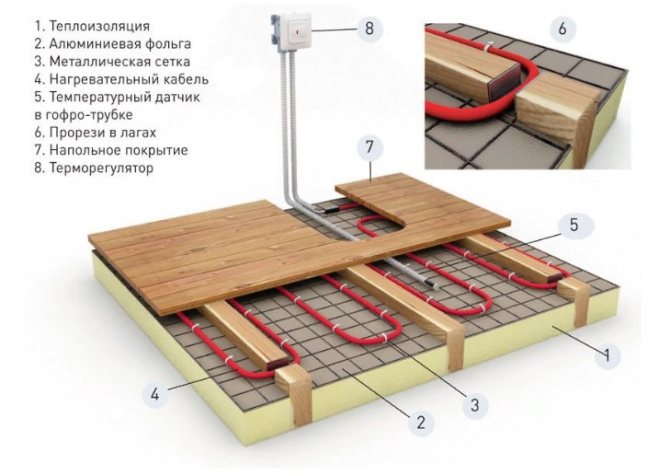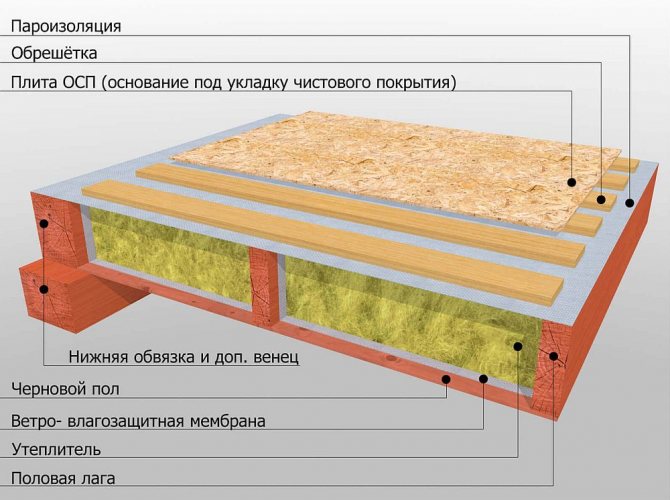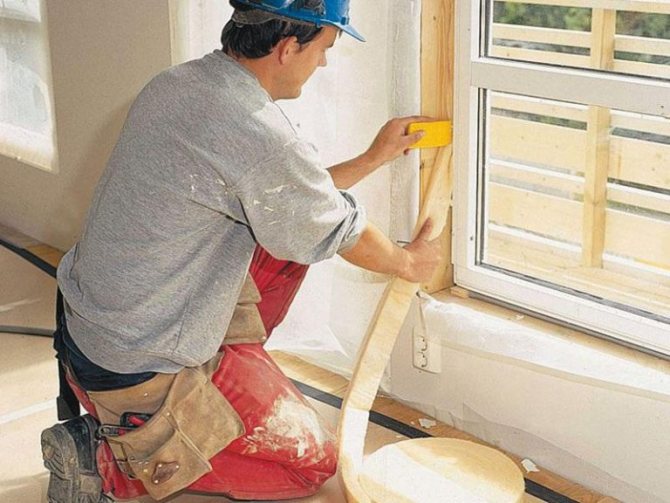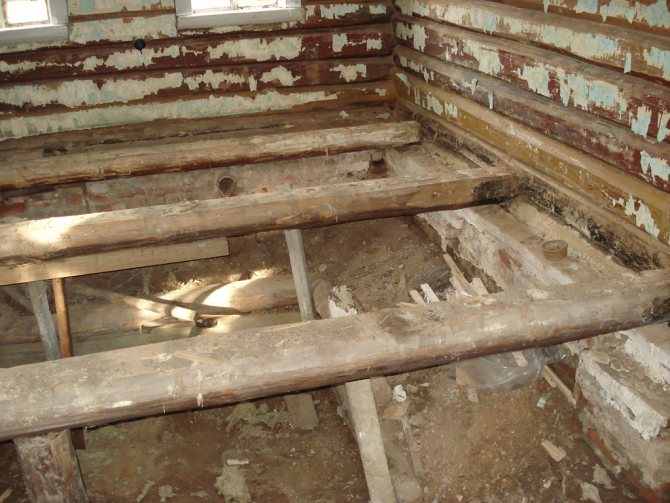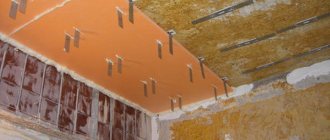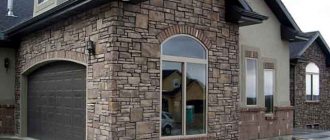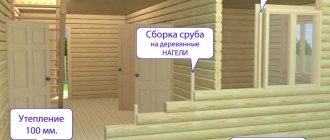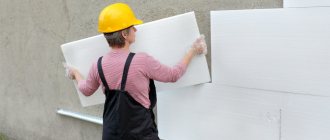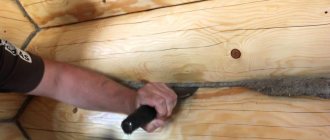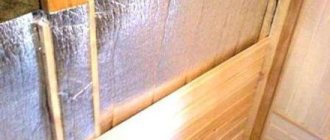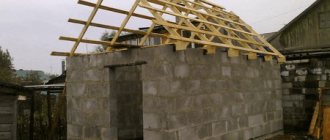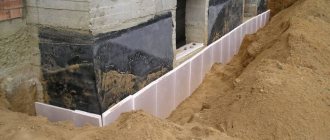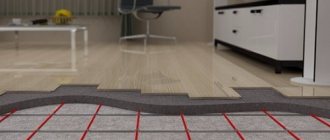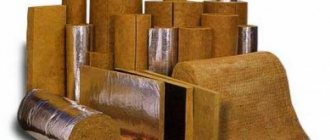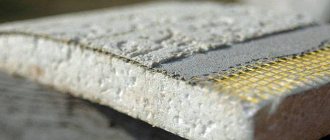If you have a veranda, then you can say that you are a happy person. This is a great place to spend time in the summer. The veranda for each owner serves a specific purpose that he pursues. This is an additional area of the house that can be used for any purpose. Only in the winter time, the veranda can play a cruel joke with you. The whole house can lose heat because of it. And in the veranda itself it will be simply unrealistic. To make your stay in the house and in the veranda comfortable, we recommend that you insulate your veranda.
However, this is easier said than done. From this article, you will learn how to insulate a veranda in a wooden house or a brick house. What materials to use when working? Insulation from the outside or from the inside? We will consider all this further.
What way to insulate the veranda to choose
There is a lot of controversy regarding the type of veranda or terrace insulation. Some say that it is better to do the insulation of the veranda from the inside with your own hands, while others are supporters of the method of insulation from the outside. But which one is better? We will shed light on this mystery by comparing the advantages and disadvantages of both methods.
Let's start with insulating the veranda inside. Here are the advantages of this method:
- Works are carried out at any time of the year and in any weather.
- You can have free access to the surface at any height.
- You can insulate every surface in one go - the floor, all the walls and the ceiling.
- you need to dismantle the finished coating;
- with this option, the freezing point begins to shift into the wall, which is fraught with its gradual destruction;
- a layer of insulation can take up precious space inside;
- garbage accumulates inside during work;
- some materials may have harmful substances, so you will have to dwell only on environmentally friendly ones.
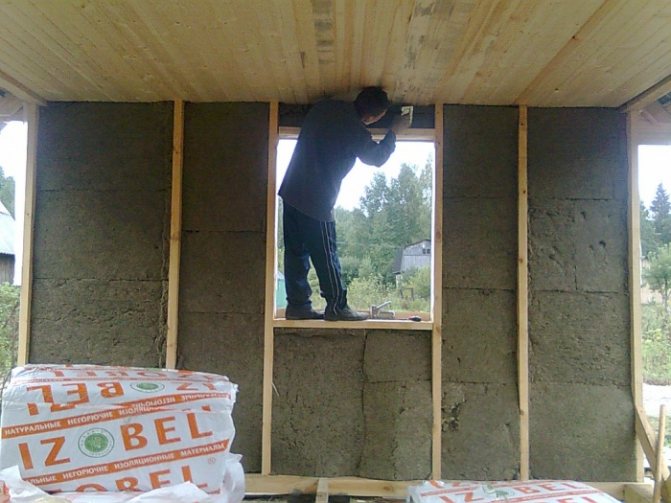
True, this method of insulation has its drawbacks:
This was a comparison of insulation from the inside. And what about the external method? The advantages are as follows:
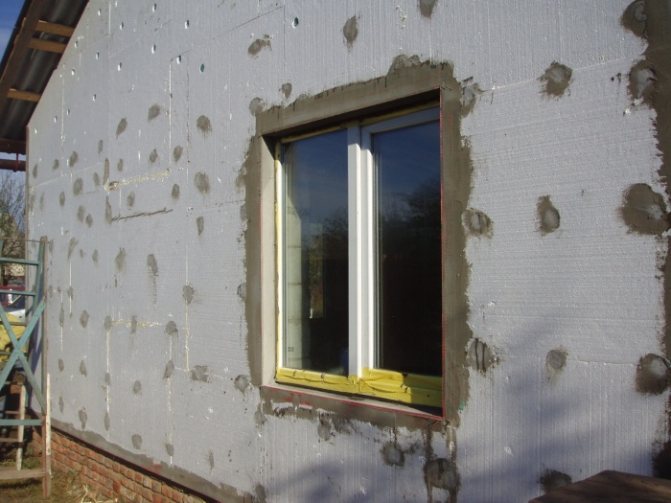

As for the disadvantages of warming the veranda outside, there are several of them:
- work can only be performed in good weather;
- it is difficult to access every surface, especially the roof.
We have given you some statistics, and you can already decide for yourself which insulation option to choose. Analyze the pros and cons, and consider your circumstances. When you have chosen a method of insulation, you can think of an insulating material.
Warming of the veranda - list of materials
There are so many heaters in our time that it is sometimes difficult to make a choice. All of them are good in their field and are used by builders. Nevertheless, over time, each material has received a certain reputation, so you can make a certain list of the best materials for insulation. Let's take a look at it, as it was compiled based on user feedback, characteristics and balance of advantages and disadvantages.
Styrofoam
This material is known to everyone. It does its job well and has a lot of advantages.The material is produced in rigid plates of a certain thickness. The greater the thickness of the foam, the better the thermal insulation of the veranda.
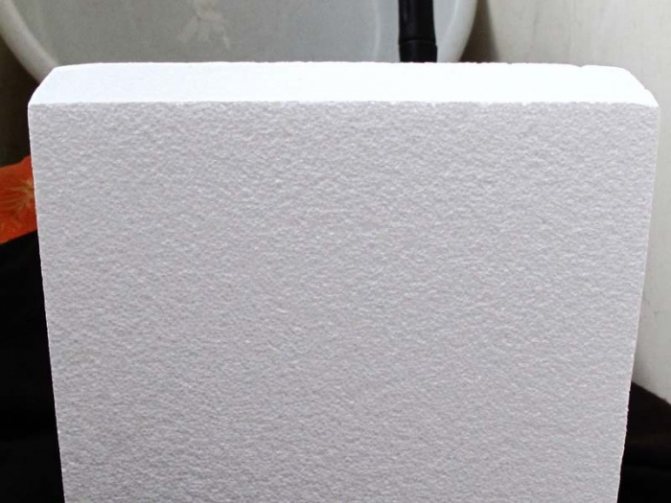

Material pluses:
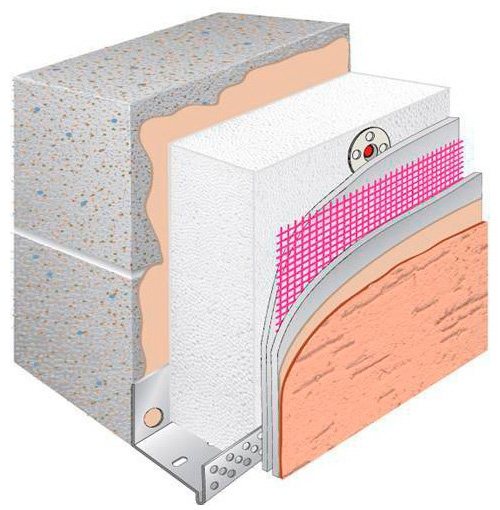

Note! You can also use expanded polystyrene. Its properties are very similar to polystyrene, only better. The material is durable and well processed.
Penofol
Practical material that is easy to work with. Due to the foil layer, the material additionally protects the wooden veranda from the cold.
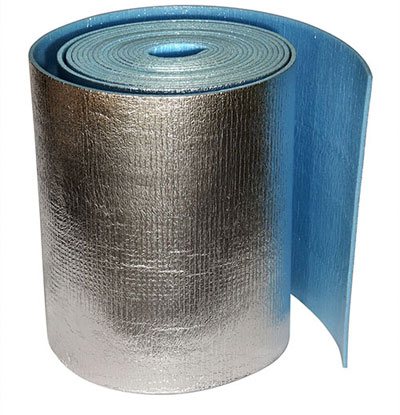

Material pluses:
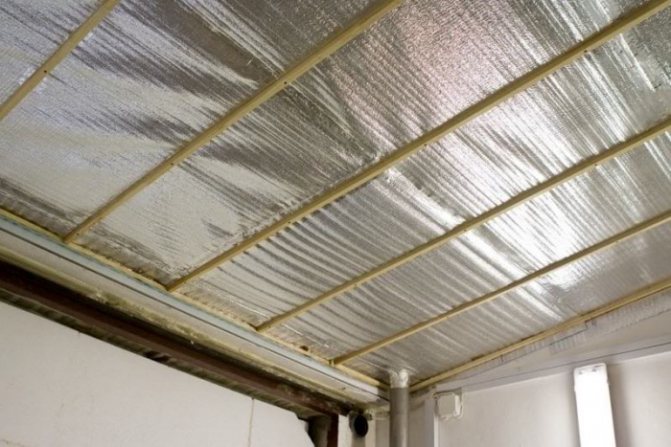

Mineral wool
No less popular insulation than foam. Can be used as rolls or slabs. Minvata has earned the respect of many builders and is used very often to insulate verandas. It's all about its characteristics and advantages:
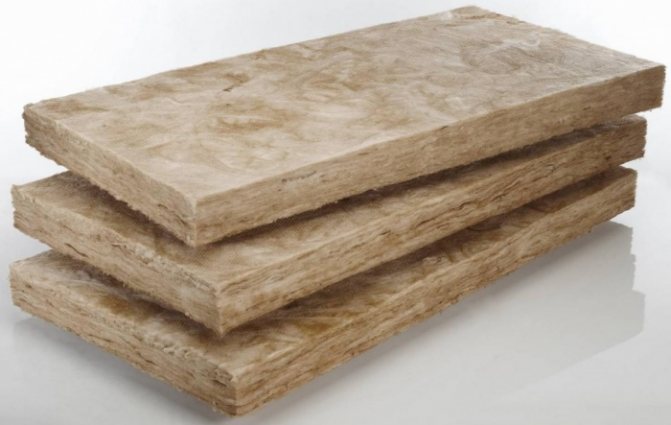

Important! One of the varieties of mineral wool is basalt wool. The material is biologically resistant, does not burn, resists moisture and is durable.
PPU (polyurethane foam)
An excellent material for insulation, which is applied by spraying. It can be compared to polyurethane foam, which increases several times after application. Although, on sale you can find ready-made panels that are mounted on the principle of foam. However, this method is worse than the spraying method. Why? When fixing the plates (this applies to foam, mineral wool and other plate and roll insulation) cold bridges are formed through which cold penetrates into the veranda. And when spraying, a monolithic layer without gaps is created.
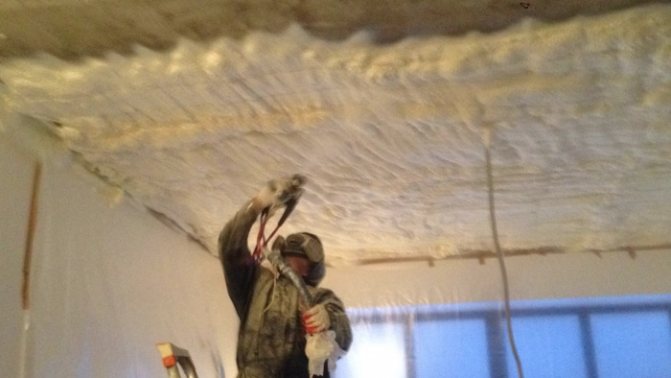

Material pluses:
Advice! With all this, PUF is quite expensive, and for its application you need to have special equipment. In addition, the material is vapor-tight.
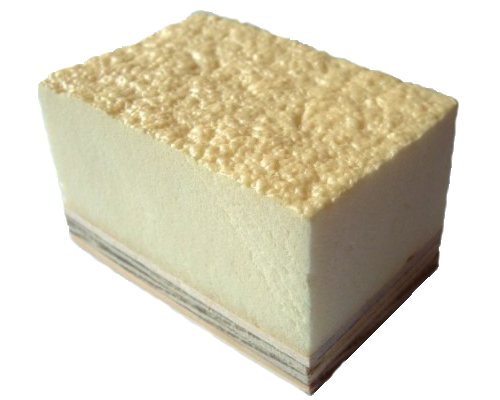

It is from this list of materials that you can choose the insulation that you like the most. With it, your veranda will be reliably insulated. Start from the characteristics of the material, as well as from your financial capabilities. If you have already chosen, then you can proceed with the insulation itself.
Types of insulation - features, characteristics
- Mineral wool. It has low thermal conductivity, fireproof, strong, flexible, temperature and chemical resistance. In addition, mineral wool insulation provides good sound insulation. Cons - a frame is required for installation, after some time of operation, it becomes denser, loses its thermal insulation characteristics.
- Polyurethane foam is produced in three types: flexible, dense, sprayed. PPU is easy to install, lightweight, resistant to biological and chemical environments. Cons - an expensive price, it ages quickly from ultraviolet radiation, deforms from mechanical stress, has a low vapor permeability, which is why it accumulates moisture, which has a detrimental effect on the walls of the house.
- Penofol is environmentally friendly, flexible, easy to install. The material has a low vapor permeability and high resistance to combustion. Cons - thin, overly soft. Expanded polystyrene has a low weight, sufficient rigidity, easy to assemble and cut. It is a very durable, wear-resistant material. Cons - does not tolerate high temperatures from 100 degrees, has low sound insulation qualities.
- Basalt wool is a fibrous material, in terms of its properties and performance characteristics, it is identical to mineral wool. Cons - during operation it becomes denser, which increases thermal conductivity.
- Polyfoam is light and solid, does not lose its performance properties even after long-term use, can be mounted both frameless and frameless. Insulation with low vapor permeability and hygroscopicity. Cons - flammable, like rodents.
- Moss, flax, tow - used for insulation without disturbing the appearance of the building. Such materials are, of course, environmentally friendly. Cons - specific, difficult to install, of interest to animals, birds that build their nests out of them.
It is always better to start warming an extension with your own hands from the walls. How to insulate the extension, whether it is external or internal insulation, depends on the size, characteristics of the room and the personal tastes and preferences of the homeowners. The insulation process itself does not take much time, and the cost of materials for such work will not hit the budget.
You can ask your question to our author:
We insulate the foundation of the veranda
High-quality insulation is reduced to the elimination of heat loss through each structure. After all, the task of insulation is not only to prevent the penetration of cold. The main task is to preserve the heat generated by the heating system of the room. It is noteworthy that the veranda is most often built on the same foundation as the entire house. Most often, the base is monolithic concrete or slabs. It is they who are the cold bridge, through which about 20% of the heat leaves. Therefore, first you need to take care of the insulation of the foundation and basement.
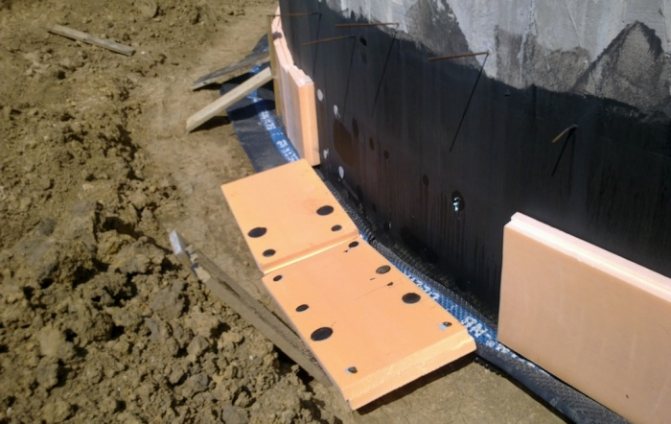

Styrofoam is the ideal material for this job. It's cheap, lightweight, and good at resisting outside influences. Warming the veranda with foam is one of the most common options. So, what you need to do to insulate the foundation:
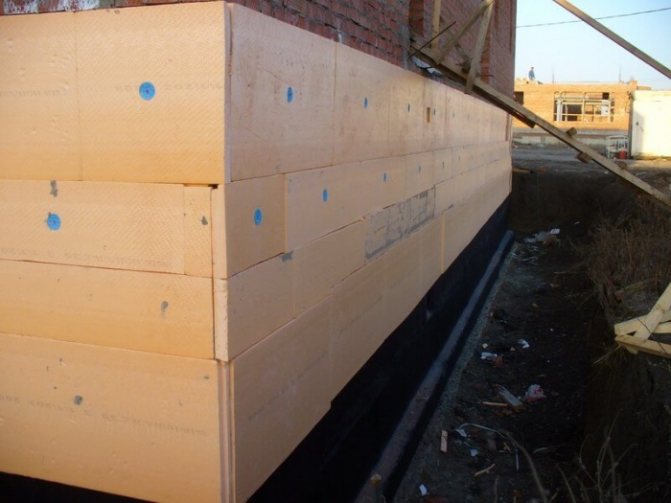

That's all, the job is done. You need to protect the entire foundation, right down to the basement. And the foam itself is revetted with any material.
Table of contents
- How to properly insulate a log house
- How to properly insulate a house from a bar
- How to insulate the foundation of a wooden house outside
- How to insulate a house with mineral wool
- How to insulate a house with penoplex
- How to insulate a wooden house outside with polyurethane foam
- How to insulate a wooden house from the outside. Video
- Output
How to insulate a house so that it will last for many years? Take into account the peculiarities of wooden buildings. Wood is a flexible and porous material that allows moisture to pass through.To make thermal insulation, you need to focus on vapor permeability, sensitivity to high temperatures, the likelihood of mold and mildew formation with excess moisture.
To properly insulate a house, you need to select thermal insulation in accordance with the design of the house, make waterproofing that will protect the building from moisture, arrange the layers of insulation so as to ensure air circulation inside.
You need to insulate a house made of wood from the outside. This will increase the usable area, protect the building from temperature extremes, and therefore from the formation of mold and cracks.
We insulate the floor in the veranda
Floor is another source of heat loss in verandas and terraces. Most often, the floors in the veranda are made of concrete screed. Sometimes wood is used (by the way, it is warmer). In the event that you plan to make a warm floor in the veranda, we recommend that you stay on the electric heating system to turn on the system as needed. As for water insulation, it is better to refuse it on the veranda. In frosty weather, pipes can freeze and deform. Then the system will need to be replaced completely. How to make a warm floor on the veranda is shown in this video.
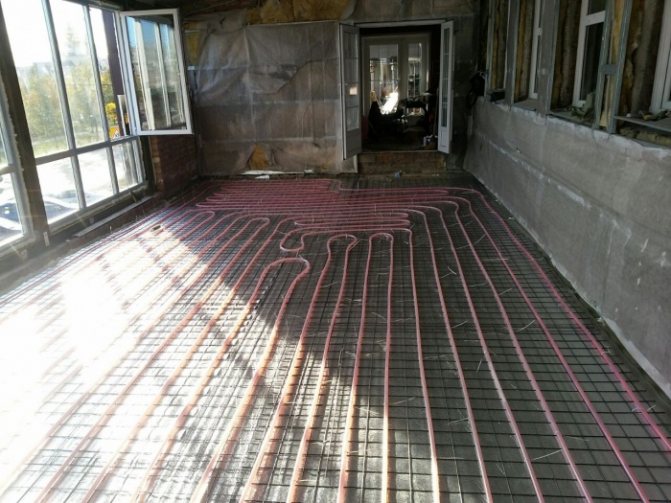

But what if you don't want to use underfloor heating technology? It is possible to insulate the floor on the veranda in a simple way "along the logs". Here's what you need to do this:
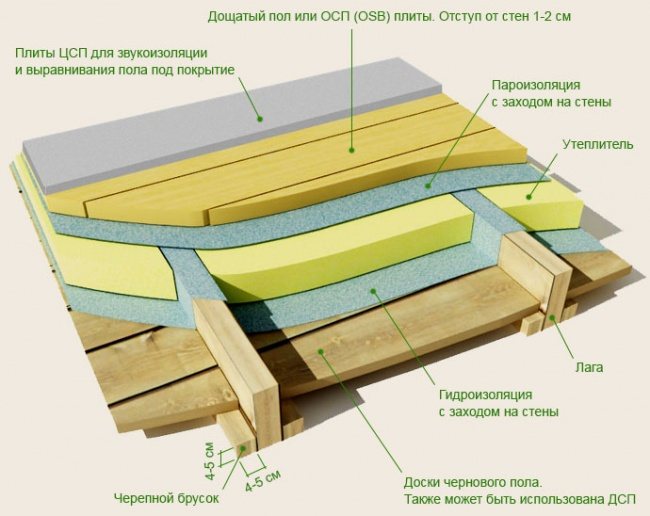

Output
How to insulate a wooden house so that it will serve for many years? Choose a suitable insulation, seal the cracks, prepare the walls for the installation of thermal insulation and follow the logic of the "puff pie" when performing work. It must be remembered that wood is a breathable natural material, so it must be insulated so that moisture has the ability to evaporate.
If you do not know how to insulate the house from the outside, you cannot decide on the installation method, or are looking for a suitable team, use the poliol.ru service. More than 600 proven teams of performers cooperate with us, ready to help you. Leave a request on the site, a consultant for the insulation of wooden houses will tell you about the cost of the work and help you choose the performers. It's free.
We insulate the walls of the veranda
A lot of heat is escaping through the walls. This is why insulating veranda walls is so important. You can insulate the walls from the inside with foam, polyurethane foam or mineral wool. You decide. However, the insulation technology is almost identical. Your task is to create a crate so that this or that material can be laid in it. In fact, the work resembles floor insulation, only in the vertical plane.
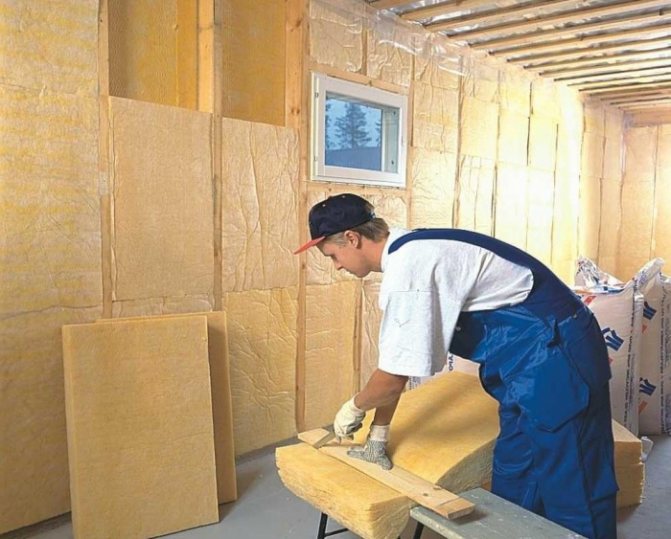

When the veranda is made of wood, the insulation takes place in this way:
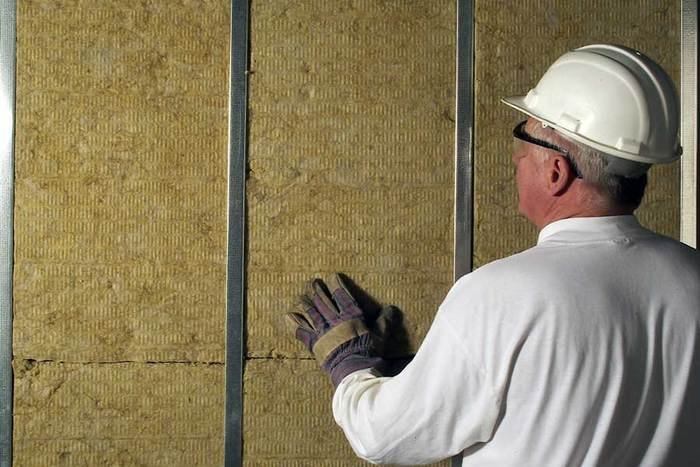

Note! Insulation is done on the outside in the same way. Only here the finishing material should not be afraid of moisture and external influences. It can be facade paint or plaster, bark beetle, siding.
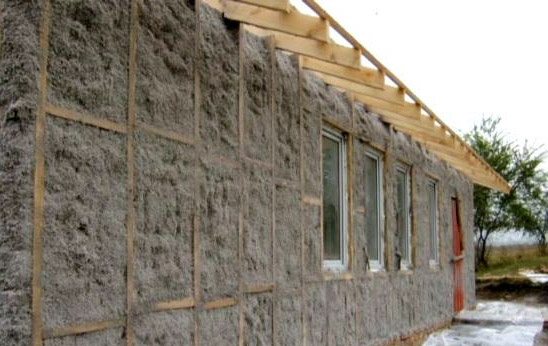

If the veranda has concrete walls, then you can insulate it with foam. Everything is somewhat simpler here. It is necessary to glue the foam plates to the wall with special glue, and then strengthen the fixation with dowels with an umbrella. Further, the surface of the slabs is coated with an adhesive solution into which the reinforcing mesh is embedded. After drying, you can do decorative plaster (bark beetle, fur coat, etc.).
Progress
- Prepare the wall surface: remove the completely old layer of insulation or plaster, reaching the brick, block or wooden wall.
- Level the surface. Fill the potholes with mortar, and clean the protrusions until smooth.
- Clean the walls from dirt and dust, prime the surface.
- Set up beacons, they will help determine the surface of the outer edges of the insulation.
- To make it easier to navigate when installing insulation boards, it is recommended to make a control grid, fill screws for it on the top of the wall, tie plumb lines to them, these will be vertical guides. The horizontal guides will be the threads stretched horizontally.
- Start the installation of the slab
If you work with expanded polystyrene, then you should start laying by installing a small bottom shelf, the first sheet is glued to it. Next, the sheets are glued with an adhesive and alternately applied to the wall under level control. When the first layer dries, the next one is mounted, and the joints of the plates should be half-shifted.
In the corners of the wall and near the windows, the foam plates are additionally fixed with a metal corner in all other sheets, the sheets are also attached with anchors in the form of "fungi" - in the center and at the corners of the sheets. The joints of the slabs are fixed with reinforcing tape for plastering work. Next, you need to fix the reinforcing mesh on the plates and you can start plastering work.
Important! Expanded polystyrene is good for insulating brick and concrete walls, however, preliminary drying of the wall will be an important condition for the quality of work. This will avoid the accumulation of moisture under the insulation layer. After all, as you know, expanded polystyrene does not have good vapor permeability, so after you sew up the walls with insulation, it will be difficult to remove the dampness from under the slabs.
Warming with basalt, mineral wool or cellulose materials is carried out on a crate, which is mounted with wooden slats.
An essential condition - the sheets of insulation should be slightly larger, literally a couple of centimeters, than the crate cells. This will allow you to make the insulation tightly, without gaps. Anchors are installed at the corners of the cells for better fastening of the insulation. On an uneven wall, it is better to use two-layer insulation. In this case, a soft layer must be mounted to the wall, which will hide irregularities. On top of the insulation layer, you can install a reinforcing mesh and do plastering work (when using, for example, mineral wool). Either make a three-layer ventilated facade: fixing a film on top of the insulation as a wind shield, fill in a horizontal crate and then sheathe the walls with siding, clapboard, or overlay with bricks.
Below is a diagram of thermal insulation with mineral wool slabs.
We insulate the windows of the veranda and doors
Windows are almost the main source of heat loss. If they are old and have cracks, then the heat successfully leaves the room. To eliminate the problem, you can blow out all the cracks and holes with polyurethane foam. But, sometimes this method simply does not help. The point is that the windows can be very old. In this case, we recommend that you replace them with new ones made of metal-plastic. As you know, they perfectly retain heat in the room, not letting in the cold.
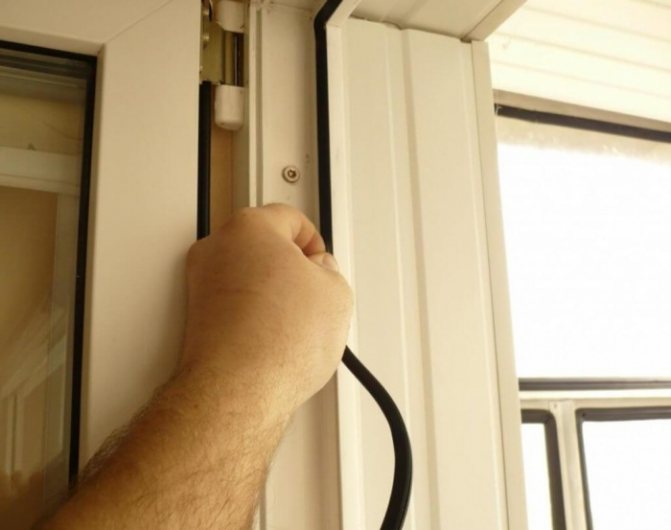

Among other things, such windows will isolate the veranda from noise.The installation of plastic windows is not easy, however, the companies that sell them provide such services. You can take advantage of them, saving you energy, time and nerves. And professionals will not make mistakes in editing, which can become fatal.
Note! Plastic windows can be single-chamber, two-chamber or three-chamber. It is not worth saving money and buying single-chamber double-glazed windows. We recommend that you choose the warmer options. A two-chamber window is enough.
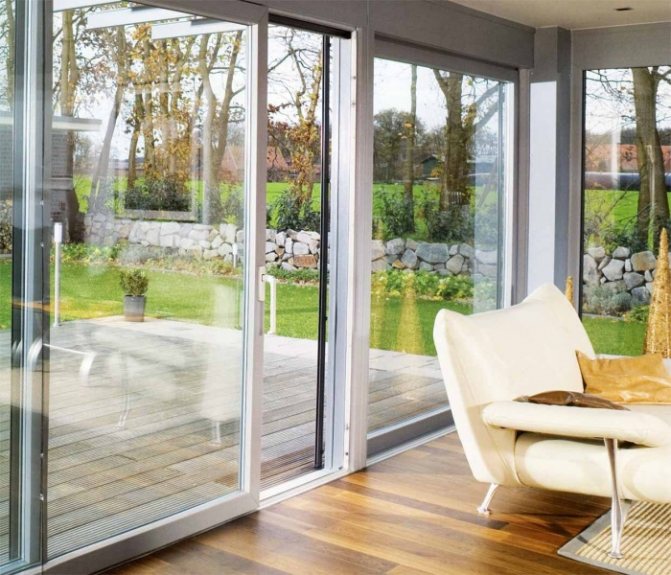

As for the doors, they need to be upholstered with felt or other insulation from the inside and outside. Rubber seals can be installed on a wooden box. Examine the places where the door frame connects to the opening. If you find cracks and holes, fill them with polyurethane foam.
We insulate the ceiling of the veranda
At the end of the whole complex of warming the room, it remains to take care of the ceiling. This is not an easy job for them, as the work is carried out at a height. Nevertheless, if you choose the right technology and insulation material, then everything will work out.
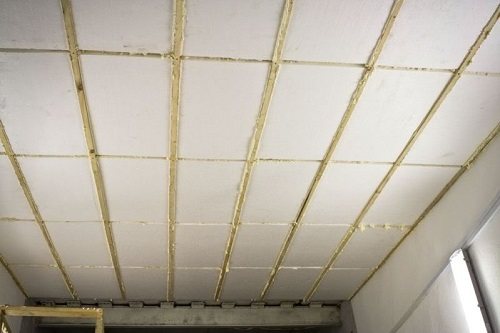

There are two options for ceiling insulation:
- attic;

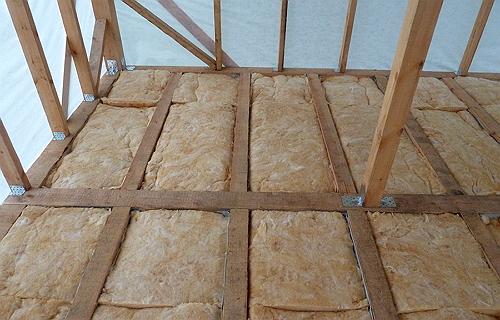
- insulation from the inside.
The first option is most often done during the construction phase. Although, nothing prevents you from doing it later. Its advantage is that the ceiling does not lose its height, and the room does not shrink. The work is simple: you just need to put the insulation material in the rafter frame and sew everything up with foil.
As for insulation from the inside, there are difficulties here. There are 3 different options for insulating the ceiling from the inside:
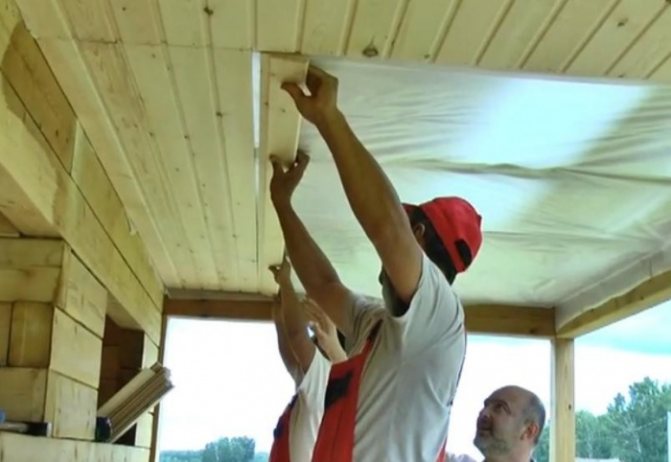

That's all, now your veranda is completely isolated from the cold and can withstand any frost. It is clear that for this you need to spend a lot of money, effort, time and nerves, but the result is worth it.

